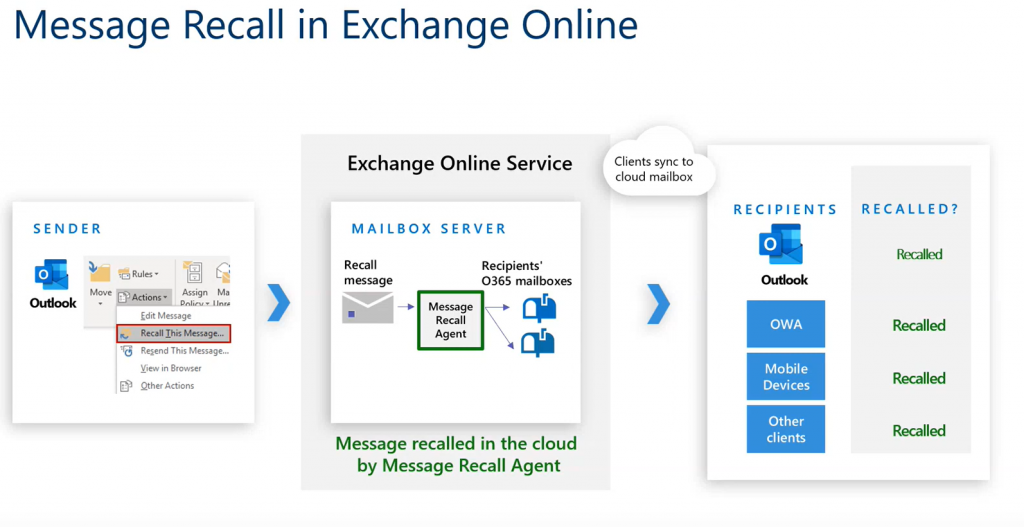In their infinite wisdom, Microsoft have enabled the Clipchamp service plan – by default – for academic licences prior to the necessary back-end functionality being in-place to provide that service. Until this is resolved it should be expected that Clipchamp will not be available to actually use for Nexus365 users.
The rollout is currently scheduled to complete by the end of September so, at the time of writing, October 2024 is when one can expect it to be available. We might see it sooner…
An IT admin at Tyne Coast College raised a support call with Microsoft to clarify the situation and received the following:
Thank you for your quick revert. As of now that is the expected behavior because Clipchamp is still getting rolled out as I mentioned in my initial email. I would not recommend trying every other day as it will not work and great user dissatisfaction.
As of now only SKU is getting enabled and the product access is still not being enabled, hence the error which is appearing is expected one. Deadline to complete the Clipchamp rollout for all M365 A3 and A5 tenants is Sep,24. So, start of Oct, 24 is when you will be able to use Clipchamp as expected when the rollout is completed.

